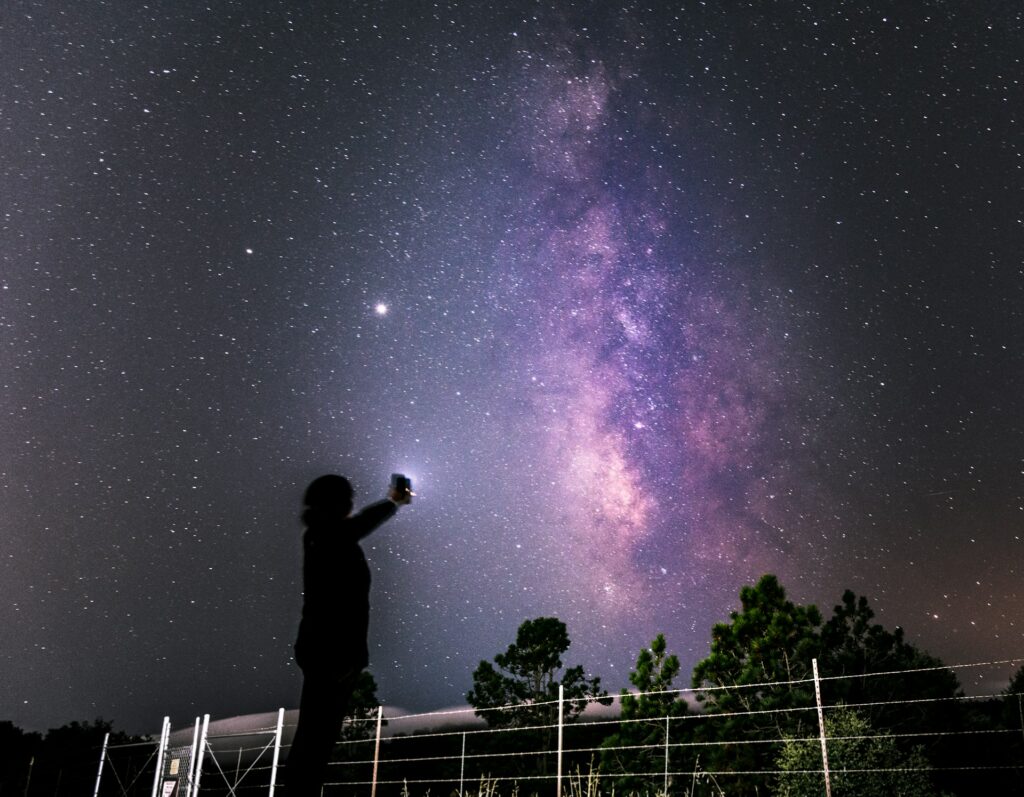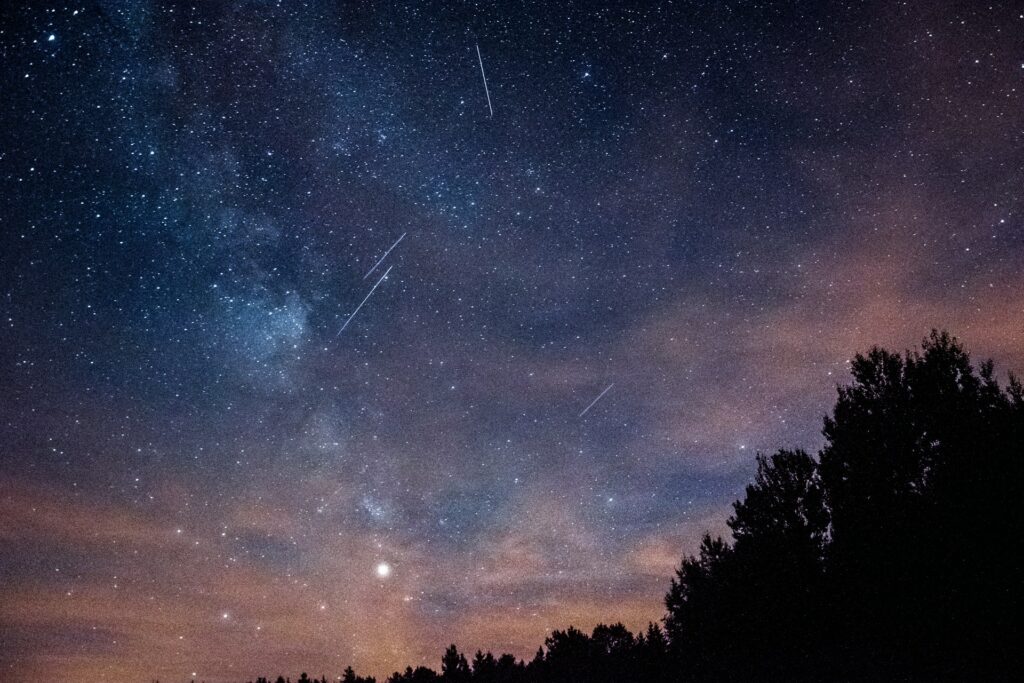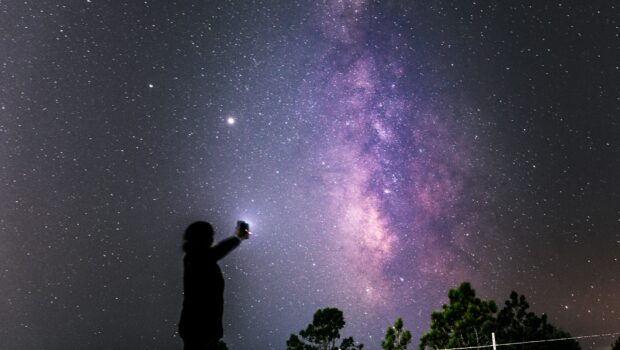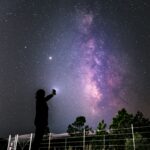Perseids 2025: A Celestial Spectacle Dimmed by the Moon, But Still Worth It
This year’s Perseid meteor shower peaks on the night of August 12–13, offering skywatchers in the U.S. and France a chance to witness one of nature’s most stunning annual fireworks. While an 84% illuminated moon threatens to wash out many faint streaks—typically Yellowstone for meteors—the brightest fireballs are expected to continue dazzling observers under the late-night skies. Read on for everything you need to make the most of this cosmic event.
Time and Timing: When to Look Up
The Perseids meteor shower occurs every August as Earth traverses debris left by Comet Swift–Tuttle, which last passed by in 1992 and won’t return until 2126. Although the meteor stream stretches along Earth’s orbital path starting mid-July, peak activity arrives between August 9 and August 14, with the greatest intensity expected during the pre-dawn hours of the night of August 12–13.
Traditionally, the best viewing times fall between midnight and 4 a.m., particularly around 2–3 a.m., when the Perseus constellation is highest and Earth’s trajectory into the debris field is most favorable.

The Moon Factor: A Bright Backdrop
For 2025, stargazers face a challenge: an 84% illuminated, waning gibbous moon will dominate the night sky, brightening the background and significantly reducing visibility of fainter meteors. While a typical Perseid peak might yield 50–100 meteors per hour, viewers this year can expect a diminished rate—perhaps 10–20 meteors per hour—with only the most brilliant, long-lasting fireballs piercing through the lunar glare.
Experts advise looking away from the moon, toward a dark patch of sky, where eye sensitivity to the brightest meteors is maximized.
Prime Locations for Meteor Watching
United States
- Cherry Springs State Park (PA) — Among the darkest skies in the eastern U.S., with Bortle scale classification near “2,” offering crystal-clear Milky Way views and frequent star parties.
- Big Bend (TX), Grand Canyon (AZ), Acadia (ME) — Remote expanses and high, open horizons make these parks ideal astrophotography and meteor-viewing locales.
- Enchanted Rock (TX) — A granite dome certified as a Dark Sky Park; offers Bortle 3 nights with visible Milky Way streaks and meteor showers.
- Central Idaho Dark Sky Reserve — The U.S.’s first Gold-tier dark sky reserve, protecting over 1,400 square miles with initiatives to preserve lighting quality.
- Goosenecks State Park (UT) — An isolated, recently designated Dark Sky Park with rugged terrain and minimal light pollution.
France
- Parc National des Cévennes — A Dark Sky Reserve celebrated for minimal light pollution and exceptionally clear nights.
- Pic du Midi de Bigorre — A high-altitude observatory offering panoramic, unobstructed star views, famed among European stargazers.
Pro Tips for the Best Viewing Experience
- Choose dark skies: Even in urban areas, stargazing events at local observatories can offer enhanced views. Consider submitting to parks or communities with Light Sky certification.
- Be prepared: Pack a reclining chair, warm clothing, snacks, and red-filtered lighting to preserve night vision while navigating the dark.
- Let your eyes adapt: It may take up to 30 minutes in darkness before you can see faint meteors. Avoid bright lights during this period.
- Use binoculars selectively: Binoculars help explore star clusters but aren’t necessary for meteor showers, which span across the sky.

Why Perseids 2025 Still Shine
Despite the moon dampening the overall meteor count, the Perseids remain one of the year’s most reliable returns—especially for vivid streaks and fireballs that outshine even bright planets. Post-peak nights may offer slightly clearer skies as the moon sets earlier; patience and persistence can pay off with rewarding nighttime views.
From rural clearings in Idaho to mountain observatories in France, Perseids 2025 remains a rare chance to connect with the cosmos. Grab your blanket, find a dark spot, and let the skies do the rest.
Header Photo Credit: Photo by Hari Nandakumar on Unsplash





















Very Informative Article And also Very Easy to understand. i hope you will keep posting this type of article. THANK…